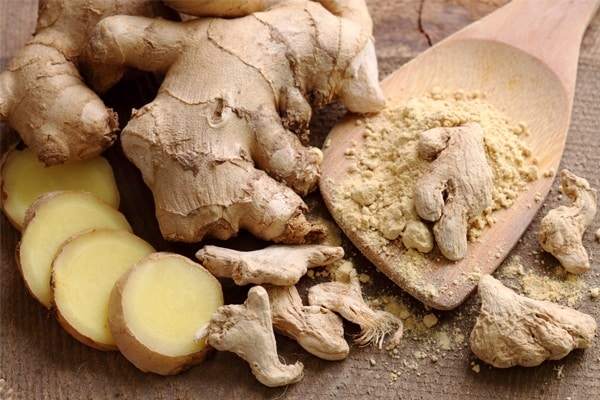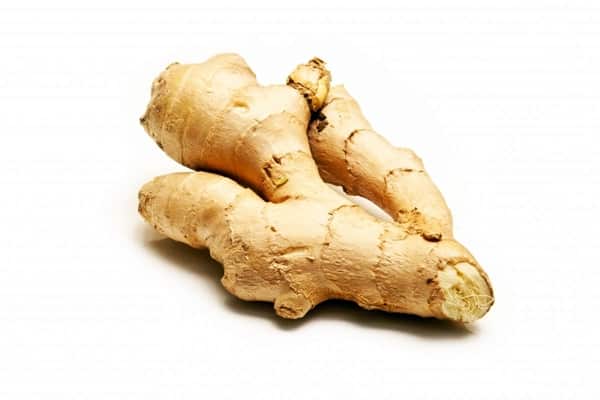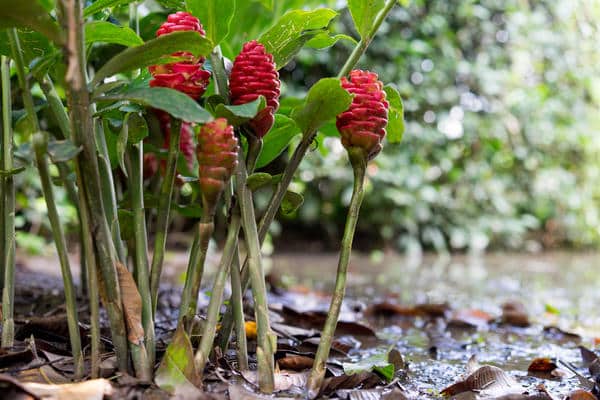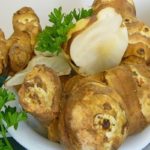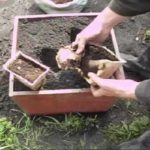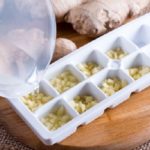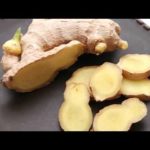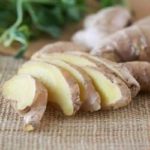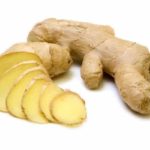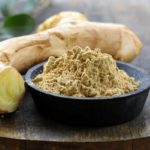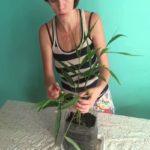Where ginger can grow is a question that worries gardeners. Many people want to plant their favorite spice on their plot. Summer residents are interested in whether the conditions are suitable for obtaining a decent harvest, and whether it is worth planting the plant in a greenhouse.
Gardeners should first find out what ginger looks like. This is a perennial herbaceous plant from the family of the same name. It has more than a thousand species. The plant has a straight stem, sharp leaf blades, and a thick, branching rhizome. The flower resembles an orchid. Most often people use the root.
Where does wild ginger grow?
The plant sometimes has an unexpected shape and color: purple, blue.There are varieties that smell like kerosene.
Botanists collect information about the homeland of the spice from various sources. Now the plant is extremely rare in the wild. East Asia and South Africa have a suitable climate for the spice.
The answer to the question of what ginger is is the word “spice.” This is how the root of the plant is most often used.
Ginger: history of use
Muslims introduced the plant to Europeans in the 9th–11th centuries. They brought ginger root to the conquered part of Spain. But the place where the wonderful root comes from has not been discovered.
Europeans fell in love with the spice. They began to add it to meat and fish dishes. No dinner in the house of a noble gentleman would be complete without ginger seasoning. City residents appreciated the spicy taste of the drinks. Women willingly purchased “harem” candies (pieces of candied root). But it was too expensive: only rich people could afford to add ginger to their food.
Mass deliveries were organized by the traveler and merchant Marco Polo in the 8th century. The spice has become popular among all segments of the population. The imported types of ginger at this time diversified European dishes.
Chinese doctors appreciated beneficial properties of ginger root. Using the thesis: all food and all medicine, they developed potions and powders for many diseases. The drugs were used to cure persistent cough, fever, and non-healing wounds.
Application features and recipes are popular in cosmetology. The disinfecting properties of the plant are used in masks, lotions, and creams.
The useful plant and dietetics have not been ignored. The extract is included in weight loss teas and vitamin drinks. Today there is a problem: where to get the roots of the spice does not exist. It is grown as a crop on plantations in regions suitable for climatic conditions.
How is ginger grown in its homeland?
Ginger that grows in nature is not found in the wild. The needs of industry and the population are met by farmers. The root is cultivated in specially treated fields. There are known plantations where ginger grows with a 200-year history.
Some researchers consider the countries of the East Asian and Pacific region to be the birthplace of ginger. The root is supplied to the world market by India, China, and Vietnam. The spice is traditionally grown in West African countries.
Farmers in East Asia are developing ecotourism on plantations. They invite visitors to spend the day in their fields. People get acquainted with where and how ginger grows and study the peculiarities of cultivation. There is an opportunity to purchase roots grown in an ecologically clean place and products based on them.
The farm shops sell:
- seasonings;
- cream;
- lotions;
- beverages.
Some visitors buy raw ginger. Souvenir products are popular.
How does ginger grow in Russia?
Gardeners are interested in where ginger grows in Russia. It is impossible to grow a commercial vegetable in open ground. The plant requires a long warm period. The country does not have a suitable climate zone. But enthusiastic gardeners are trying to place the root in heated greenhouses. They create the necessary conditions: high temperature and humidity, partial shade.
And yet, the answer to the question: is ginger grown in Russia, is positive. Summer residents plant it in flower pots and put it in improvised greenhouses on window sills. In limited space, the required mode is maintained. The result is a stunted plant. It blooms very rarely. The taste of the root is sharper than store-bought.
Gardeners use pieces of purchased root as planting material.It is cut into pieces with one or two eyes. The sections are pollinated with crushed activated carbon. They are buried 3–4 cm, covered with a film with holes for air penetration. Water moderately. After the shoots emerge, the film is removed. It is necessary to maintain diffused lighting: ginger does not tolerate direct sunlight.
Some gardeners grow vegetables using a combined method. In summer the pot is displayed in the country house, in winter it is kept on the windowsill in a greenhouse. To grow successfully, it needs to choose a good place in the open air. The result is a stronger plant. The taste of the product becomes sharper and bitter.
You can grow the root in an unheated greenhouse in your country house. But in early August (when the number of warm days decreases), dig up the vegetable, carefully plant it in a pot and transfer it to the apartment on a warm windowsill.
Interesting Facts
This plant has long been loved by the inhabitants of Russia. The use of spices has its own history:
- The description of ginger root accurately reflected its appearance. The intertwined thick rhizome amazed people. The vegetable is still called “stag”.
- Gingerbread cookies soon began to be called “gingerbread” because of their spicy taste. This component is still used in recipes today.
- The root is most often eaten. But beneficial substances are contained in the stem and leaves. They are also recommended to be used. But it is important to consider: removing each leaf weakens the plant. The root will be thin and tasteless.
- The spicy vegetable is popular all over the world. Countries where ginger is grown receive up to 30% of the total trade turnover from its sales.
- Under natural conditions, the plant grows above 1.5 m. Planted at home it is rarely higher than half a meter.
- Some people like the specific lemony smell of the plant. It is emitted by terrestrial parts. A flower placed on the windowsill refreshes the air.
- When choosing planting material, gardeners will have to work hard. Sellers break off parts of the plant with eyes: the sprouted root loses its elasticity and shrinks.
- In medieval Europe, the vegetable was considered an excellent aphrodisiac. It was included in love potions. Modern medicine uses the properties of the spice to create drugs to increase potency in men. Natural remedies for erectile dysfunction include root extract.
- Anyone can grow ginger. The technique replicates the cultivation of potatoes. But keep in mind: before use, it should be soaked in cold water for 2-3 hours. Change the water every half hour. It is recommended to try in small pieces (otherwise you may get a burn to the mouth and esophagus).
- Before planting roots, you should familiarize yourself with the climate of the regions where ginger is grown. It is recommended to visit the sites of famous plantations. This will help create the necessary conditions.
- Doctors are convinced that fresh and dried roots act differently. Preparations from the fresh plant treat colds. Dried - helps with memory loss, gastrointestinal problems, rheumatism, arthritis.
- The properties of ginger root are used in everyday life. To purify the air from harmful bacteria, it is enough to place the root cut into pieces in different parts of the room. Tea made from it will relieve sore throats. Adding it to food will strengthen the immune system in the autumn-winter period.
Uncontrolled long-term consumption of vegetables causes poisoning and depression. The product is not recommended for use by people with allergic diseases.
Treatment with root preparations should be under the supervision of a physician.

